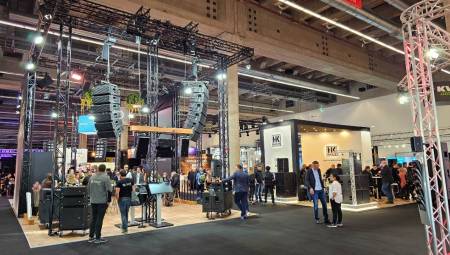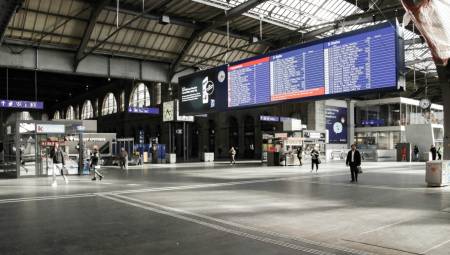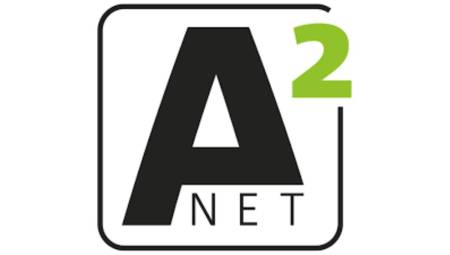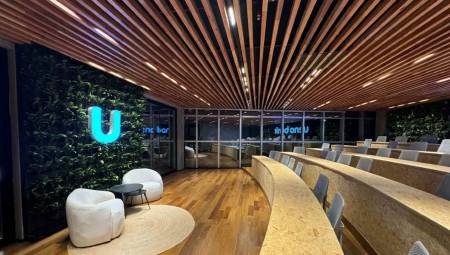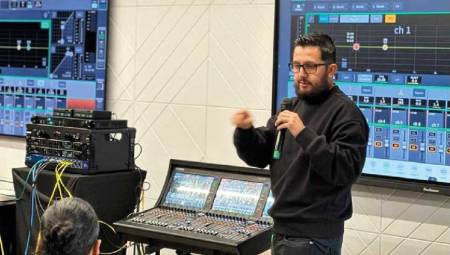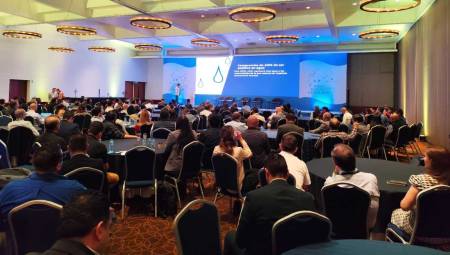 Mexico. The way we work has changed. The main means of achieving the objectives of is focusing on technology, specifically, how information is managed and how people connect. As an enabler, information unites workers across the entire organization and allows them to remain productive, secure, and mobile.
Mexico. The way we work has changed. The main means of achieving the objectives of is focusing on technology, specifically, how information is managed and how people connect. As an enabler, information unites workers across the entire organization and allows them to remain productive, secure, and mobile.
On the one hand, there are companies that are achieving their achievements in a rapidly changing world like today's. Coincidentally, in most cases, these are companies that have found the right way to handle information and have invested and used the right technology to provide their employees with the access and flexibility they require.
On the contrary, if the business is decreasing, and the processes are also outdated, there is a real area of opportunity to optimize the management of data and information at some point throughout the organization. However, how do you know if your business is working according to market changes and that it is not being operated in the past? The question usually lingers in the minds of leaders and managers.
Given this panorama, Ricoh Mexicana, helps organizations to identify 3 areas in relation to the mobility of information with the aim of providing unique value propositions in the market, satisfying the communication needs of workers, customers and suppliers and ultimately, asking if it is not being anchored in the past:
1) Productivity: Achieving high levels of productivity without the need to invest in exhausting and long working hours is a challenge for many organizations where employees play various multitasking roles and owners also play the role of administrator, human resources director and head of finance. Work overload affects everyone's performance. It is crucial to find more efficient ways to work.
Therefore, managers must ask themselves: do we use technology to reduce the burden of day-to-day life? Do we use the information to guide business strategies? Is there any automation or workflow optimization technology? Are synchronized files and shared platforms used to mobilize information? Does the copier or printer send documents directly to the cloud?
2) Security: There is a misconception that breaches and attacks on personal data are primarily targeted at large enterprises. However, 60% of them attack medium-sized businesses, costing an average close to $40,000 USD. In order to know if a business is prepared to prevent and withstand security threats there are the following questions:
Do employees use their personal computers to access or share information?, Are you unintentionally a chief technology officer (e.g., you are not a technician but manage your own business's technology?, Do you still rely on paper documents for fundamental business processes?, Are most files digitized for active use and storage?, Do you have trainings to educate the workforce in cybersecurity compliance ?
3) Mobility of information: Intuitive and fast equipment is essential for professionals to fulfill their tasks correctly. However, it is the information that circulates in them that is key. Undoubtedly, a lack of consistency and full access to the necessary data hinders productivity. Modernizing the business to meet mobility demands can feel like a commitment to security risks. Fortunately, there are technologies to make it happen without having to make significant investments.
So, these are the questions to know if mobility is being leveraged to optimize the business: Are employees trained to work remotely or more days a week?, Do employees have access to the fundamental information they need to do their jobs at any time from anywhere?, Do you have visibility within the business of the information that flows through the workers' mobiles? Does the business allow employees to use personal technology for work purposes? Do you update your hardware or software at least every two years
Text written by Ricoh Mexicana.




